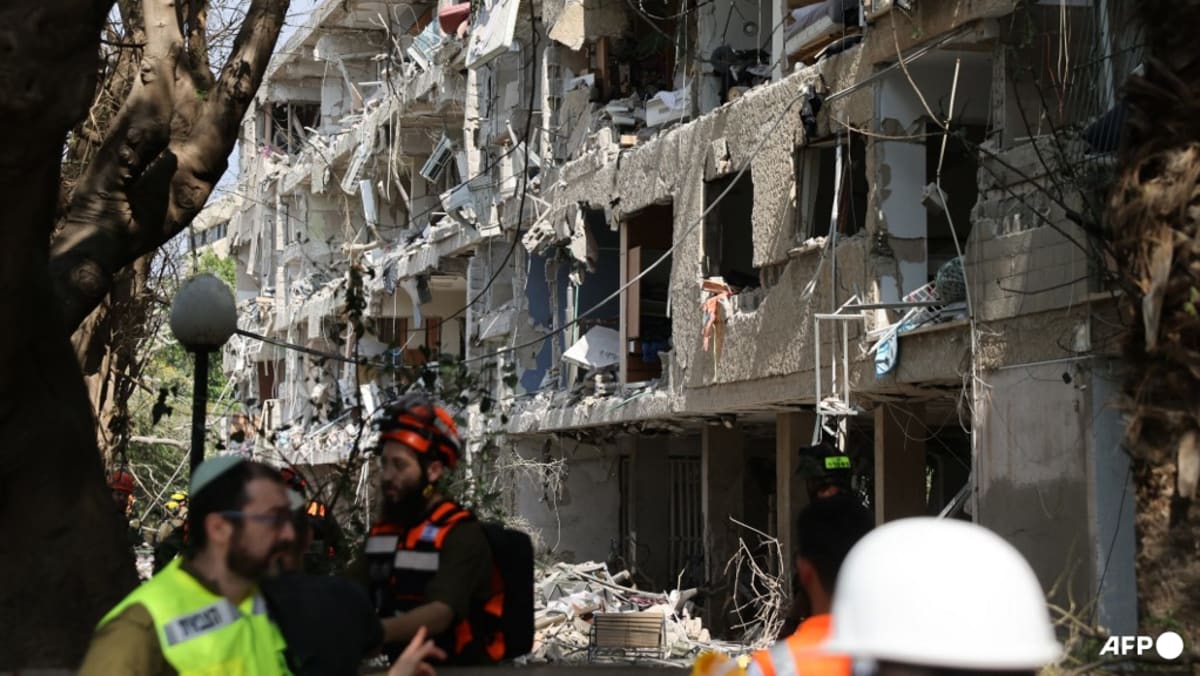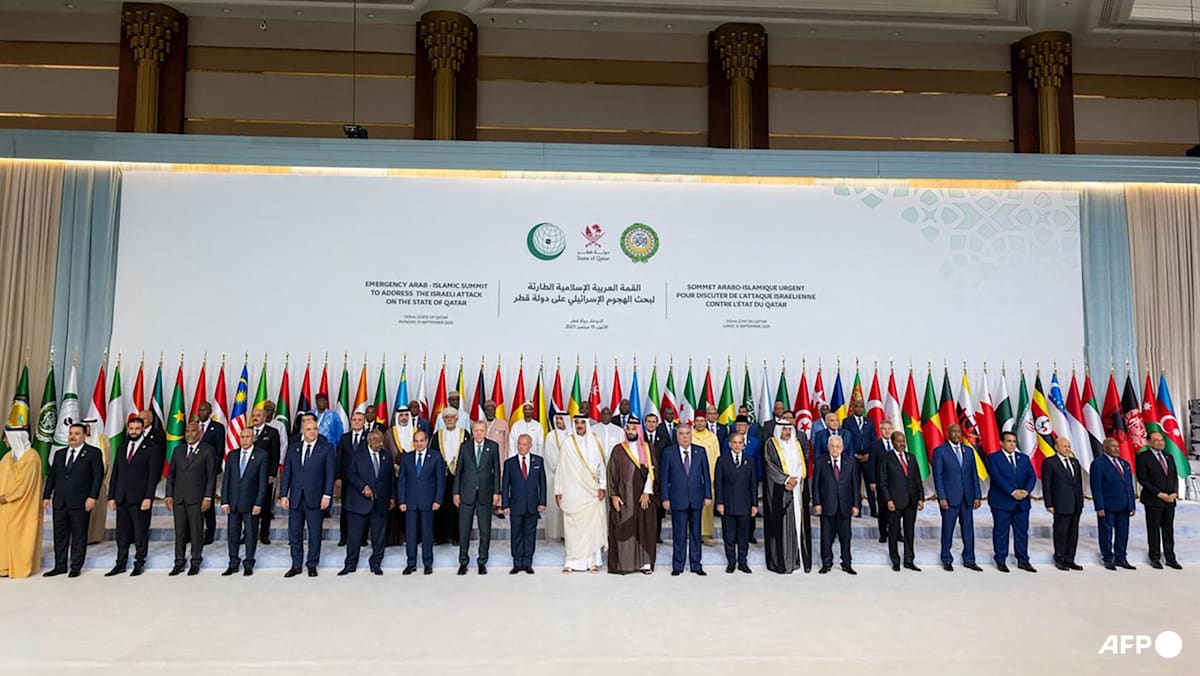SINGAPORE: After days of mixed signals, the United States joined in the Israel-Iran war, sending air strikes – including the use of bunker-busting bombs – on Iranian nuclear facilities on Sunday (Jun 22). As the world waits for what comes next, the strikes will likely first kick off a war of narratives.
In his televised address, US President Donald Trump celebrated the strikes as “a spectacular military success”, even if it is unclear what that means and despite US intelligence and the International Atomic Energy Agency’s (IAEA) assessments that Iran was not developing nuclear weapons.
Saying his Director of National Intelligence Tulsi Gabbard was “wrong”, Mr Trump echoed Israeli claims that Iran was months, if not weeks, away from possessing nuclear weapons.
On Saturday, before the strikes, Ms Gabbard tried to reword her position saying that Iran “can produce a nuclear weapon within weeks to months, if they decide to finalise assembly” in a post on X, and that her testimony to the US Congress – that the intelligence community “continues to assess that Iran is not building a nuclear weapon” – had been taken out of context.
Mr Trump’s dismissal of the US intelligence assessment raises questions about who the president listens to: the US intelligence community or Israeli Prime Minister Benjamin Netanyahu.













